A modern combat aircraft is a highly complex machine whose operational life is determined primarily by the airframe lifespan. While engines, avionics and many subsystems can be replaced or upgraded, the structural fatigue life of the airframe is the limiting factor. When an aircraft reaches the end of that calibrated lifespan, several predictable outcomes are possible. The choice depends on operational needs, economic factors and the strategic environment.
1. Museum exhibit or training aid
One of the most desirable fates for a retired aircraft is preservation as a static display or as an instructional platform. Preserved aircraft serve multiple purposes: they commemorate technological achievement, educate the public and provide hands-on training aids for technicians, aircrew and ground personnel. In human terms, this outcome is akin to a veteran pilot who, after active service, transfers to teaching or a staff role—continuing to contribute experience and knowledge rather than being discarded.
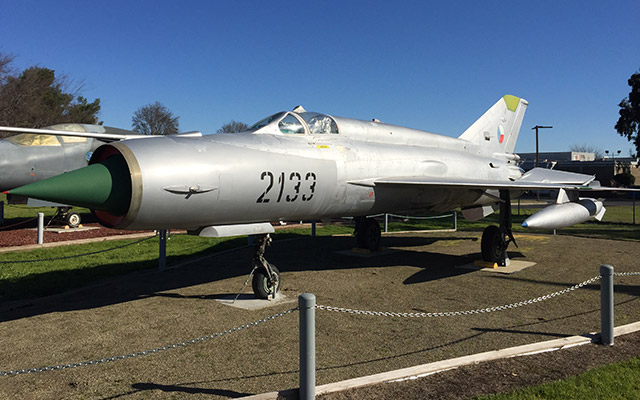
2. Cannibalization and recyclable materials
When an aircraft is no longer airworthy, salvage of serviceable components is economically and logistically sensible. Engines, avionics, landing gear, hydraulic pumps and other reusable parts are removed, refurbished and reinstalled on other airframes or sold to friendly operators. Non-serviceable components and the remaining metal structure are recycled. The residual airframe often enters the metal-recovery stream where alloys are melted down and reused in industry.
3. Target practice and demonstration use
Historically, decommissioned aircraft were frequently used as live targets on weapons ranges to provide realistic training and weapons testing. Over time, changing economic realities and the increasing value of scrap reduced the availability of expendable airframes: whole aircraft sometimes disappeared from ranges, taken for parts or scrap. As a result, target aircraft have become a more carefully managed resource. Today they are typically used only for planned demonstrations or selective testing, and operational safety protocols often restrict direct hits to avoid uncontrolled destruction. When communications or procedures fail, however, the consequences can still be dramatic: an intended demonstration may end with the target destroyed.
4. Long-term storage and reserve fleets
Another common outcome is placing the aircraft into storage in a preservation facility or “boneyard.” After preservation work—such as draining fluids, applying corrosion inhibitors and protective coverings—the airframe is kept in controlled conditions so it can be returned to service relatively quickly if needed. Storage bases therefore act as strategic reserves: in peacetime they reduce costs and free capacity, but in a crisis many airframes can be reactivated and returned to operational status. These facilities, often visible from public satellite imagery, can house hundreds of aircraft in various stages of preservation.
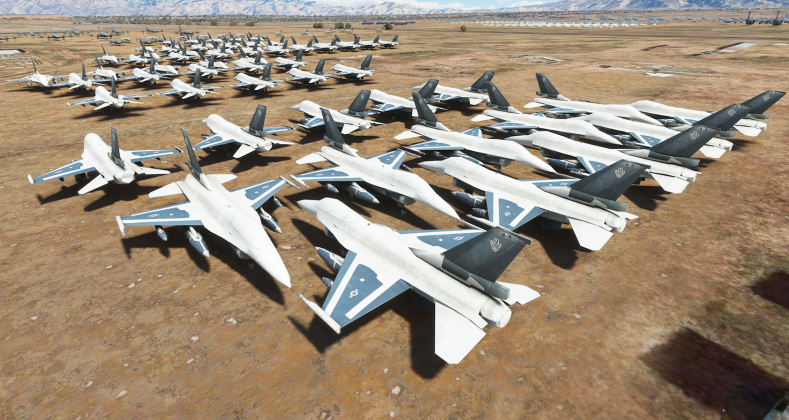
Operational context and final considerations
Which of these paths an aircraft follows depends on several factors: the type and condition of the airframe, current operational demands, budgetary constraints, the availability of spare parts and broader strategic considerations. In peacetime, economic and training needs typically guide disposition decisions; in wartime, standards shift and even aircraft beyond nominal life limits may be returned to service.
Ultimately, the end of an aircraft’s flight hours is seldom the end of its usefulness. Whether preserved as a monument, repurposed for parts, expended in testing, or held in reserve, retired aircraft continue to serve military, technical and historical roles long after they leave active squadrons.
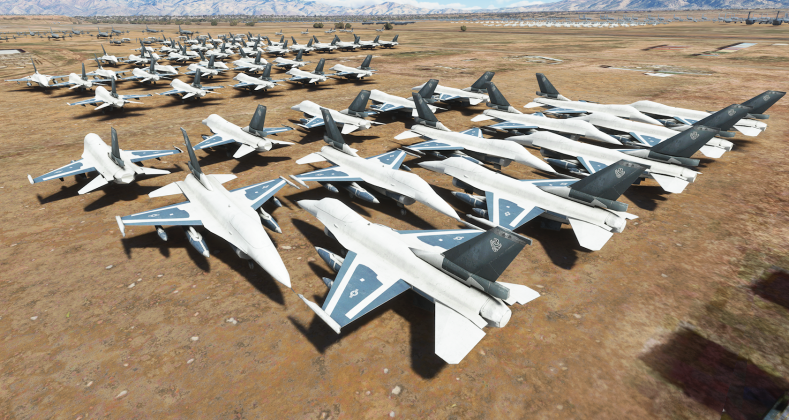
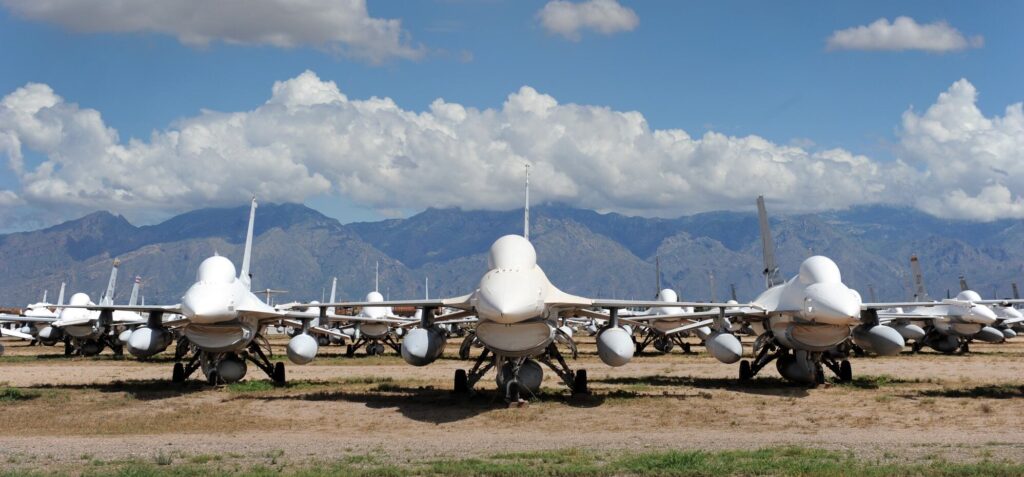
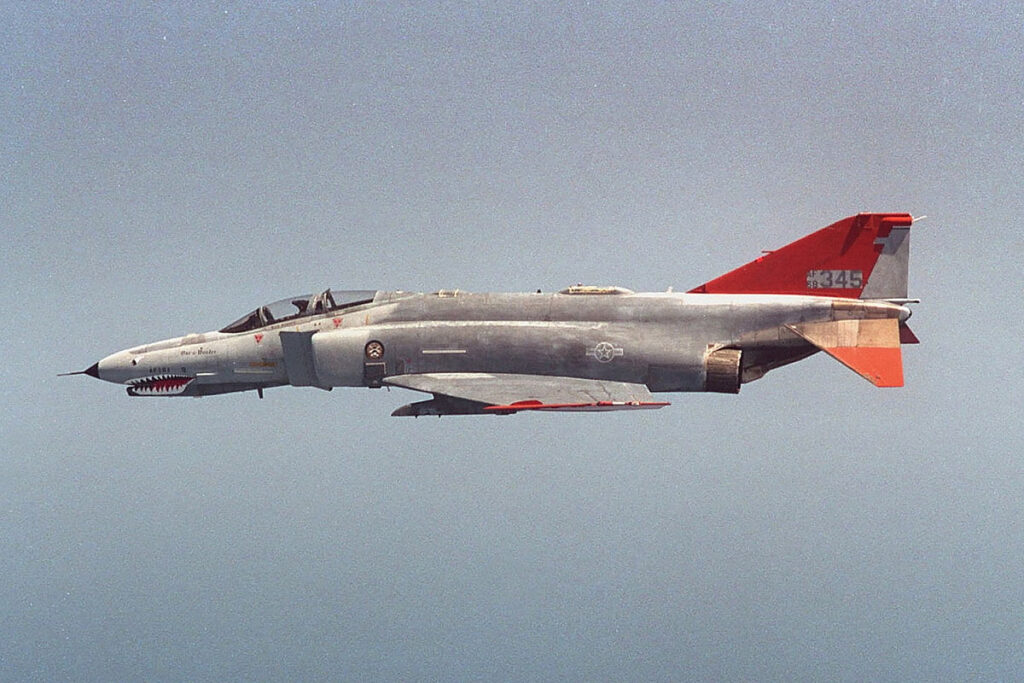


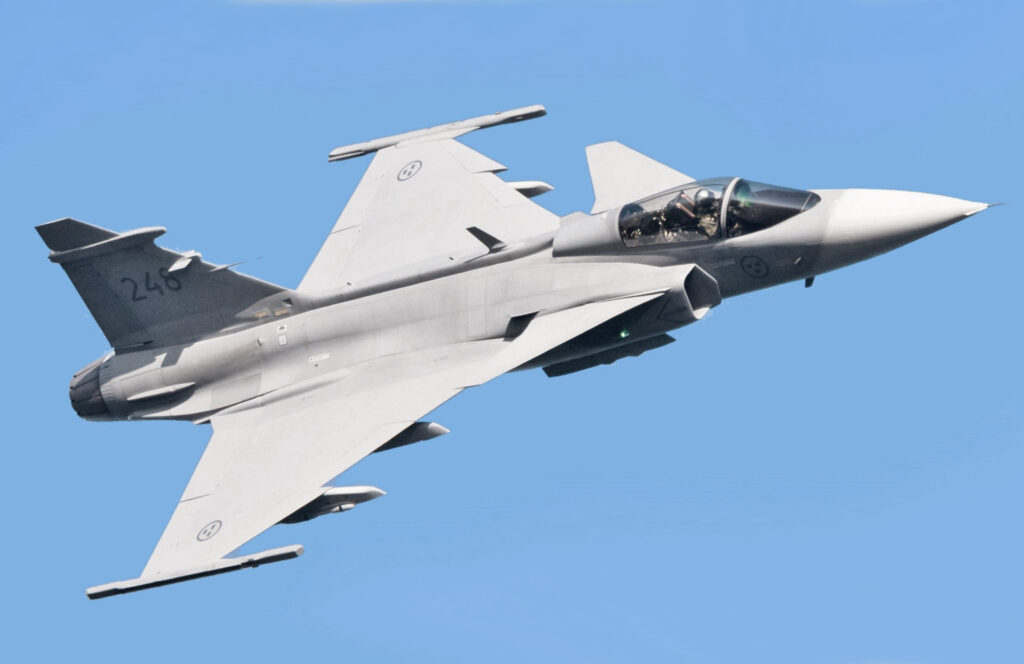
Nice article